
The piplantri model : a story of socio-environmental change in Rajasthan
By Ketul
Updated 06 Nov, 2024
6 min read
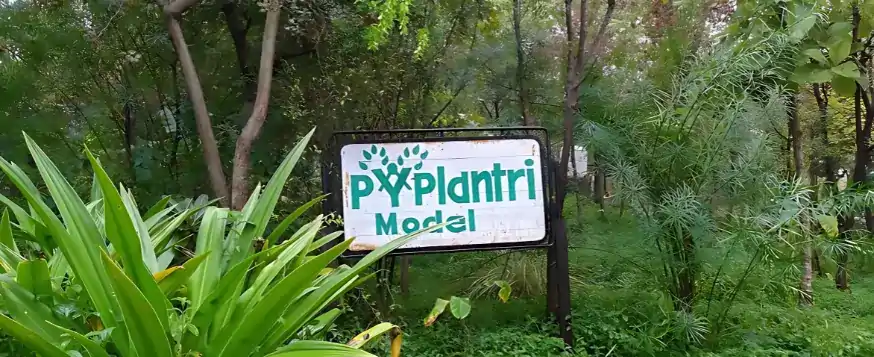
Contents
Built on the foundations of saving girl child and environment, this eco-feminism model serves as an inspiration to many.
The story of its transformation began in 2005, with Shri. Shyam Sunder Paliwal, the former Sarpanch (head of the Panchayat) of Rajasthan’s Piplantri village.
This 58-year-old man once started his journey as a Sarpanch of Piplantri. His initial projects included upgrading the school building and making education more feasible.
With his increased involvement and humanitarian approach, he tackled three of the most prevalent problems in the most efficient way. Saving the girl child, growing more trees and reviving ground water levels. Let’s look at how it all began and what Piplantri is now.
Read about Shri. Shyam Sunder Paliwal and his journey of transforming Piplantri here.
The mining monopoly in Piplantri

Before the year 2000, Piplantri faced one of the worst adversities of industrialization. With almost no forests and greenery left, the entire village was dominated by a colossal amount of marble mines and quarries. Water levels went down till 800 ft. and no water was left to drink. The village lacked general infrastructure, roads, irrigation and agriculture. With dust from the quarries covering the top soil, the lands went untilled. The villagers felt desolated. Women reported having no tea or food to serve while the men worried about no one wanting to marry off their daughters in this village.
While Piplantri was facing their own ruination, the rest of Rajasthan was still viewing girls as a commodity no one wished to have. During his visits to other villages, Shri. Paliwal corroborated how a girl child was killed before she was born. And if she did bear, was killed by feeding her a piece of grain which ultimately suffocated her to death.
With all this going around, Shri. Paliwal faced the demise of his own 17- year-old daughter -Kiran in 2007 due to dehydration. This fueled his passion for transforming Piplantri. Upon her demise, he planted the first tree in remembrance of his daughter ‘Kiran’. This sparked the idea of the revolution of the Piplantri village.
From Dust to Oasis: the rise of Piplantri
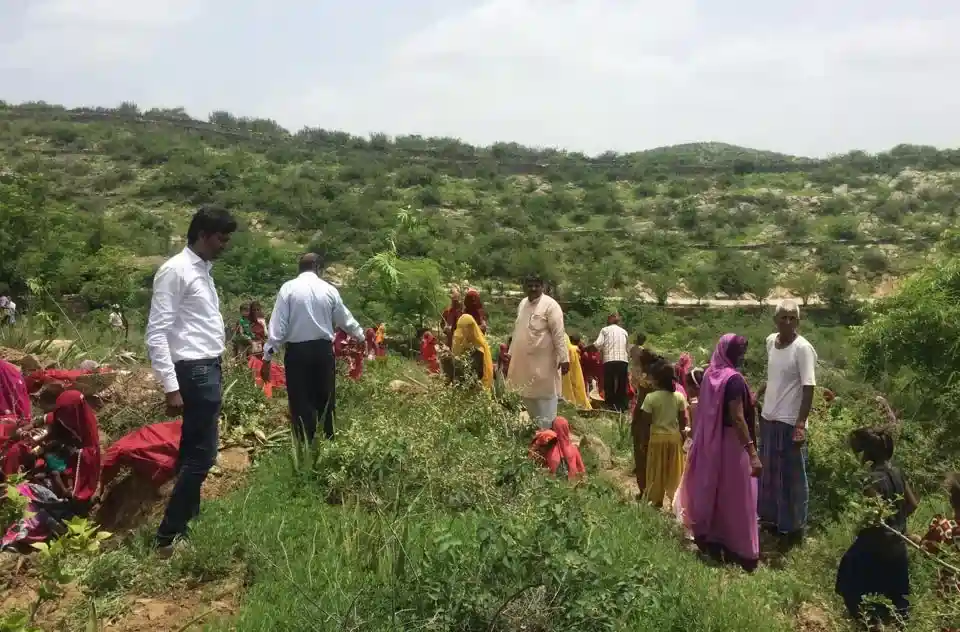
It started with Shri. Paliwal raising awareness about planting more trees to save more water. To plant trees, they needed land. But the issues of deserted lands disrupted by the trash disposed by the marble mafias stood tall. That is when Shri. Paliwal took the quarry management issue into his own hands. The quarry had previously secured permission from prior Panchayats to dump garbage on the 34 hectares of village common property in exchange for a tiny (1%) royalty on any material extracted from Panchayat territory.
The Gram Sabha canceled the dumping permit, and the firm was ordered to empty the property.
Shri. Paliwal tapped various resources, schemes, and programs devised by the government to remediate the village. Water pipes were installed, education institutions were constructed, higher education became more feasible and infrastructure and sanitization were being developed. Another creative investment was that of the play-pump which was a water pump attached to a merry-go-round. Fresh water was pumped and circulated every time the kids used the swing.
111- The magic number that changed Piplantri
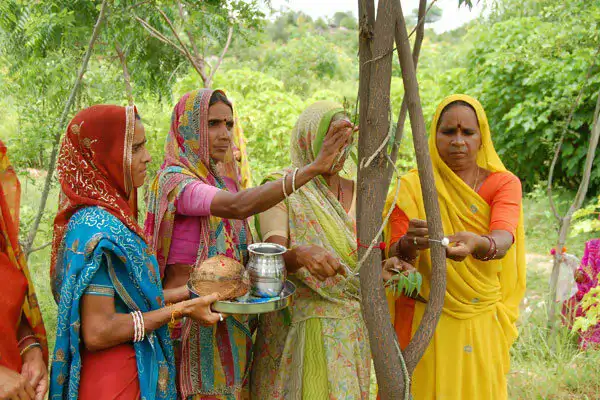
Piplantri village, famous for the 111 trees it plants on the birth of every girl child, became the face of change. From girls being a burden to celebrating the birth of one, Piplantri started to go green. Shri. Paliwal extended the idea of planting one tree to planting a hundred and eleven. After the villagers came together to plant trees, the whole village started undergoing a social change.
After a girl child was born (approximately 60 every year), she was then carried in baskets like the Hindu God Krishna with due respect. Although the task of planting trees undergoes all year round, a special ceremony is held during the monsoon season. This is where all villagers come together to plant the trees in the name of their daughters. All kinds of trees are planted namely neem, peepal, amla, rosewood, amla, bamboo, and aloe vera.
Members of the family are obliged to take care of the trees till they become fruitful. Raksha Bandhan is celebrated event that involves girls tying Rakhi (a sacred thread) to the trees symbolizing immense love and protection as a sibling.
Due to this initiative, more than 3 lakh trees have been planted. Water levels that were below 800 ft have risen up 15ft. to ground level in mere 5 years.
Financially, the whole process was accompanied by the ‘Kiran Nidhi Yojana’ which involved the panchayat opening a bank account in the girl child’s name and depositing an initial payment of Rs. 21,000 into it. The parents (who contribute the rest Rs. 11000) must sign an affidavit promising not to practice female foeticide or marry their daughter before she reaches the age of 18, and that they will educate her. This ensures that no girl child is deprived of education and has enough funds for her future.
By-Product of the change
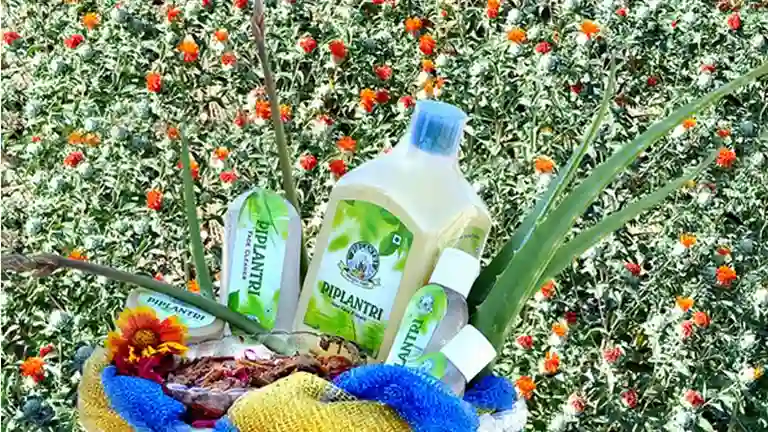
To protect the planted trees from termites, aloe-vera plants were planted on the perimeter. The number of aloe-vera plants lying around led to the inception of other women-led initiatives. Starting with 10 women, aloe vera was used to manufacture various products like shampoo, gel and then were commercialized in the market.
A year later, Shri. Paliwal won the Nirmal Gram Panchayat Award and the cash prize of 5 lacs was put into this enterprise which allowed the production to bloom. Other products from the vegetation were also put into use in the same way.
With the increase in irrigation and fertile land, the men left their jobs at the quarries and got back to agriculture and farming. This added to the economic growth of the village as it became more self-sufficient than ever.
Current situation of Piplantri
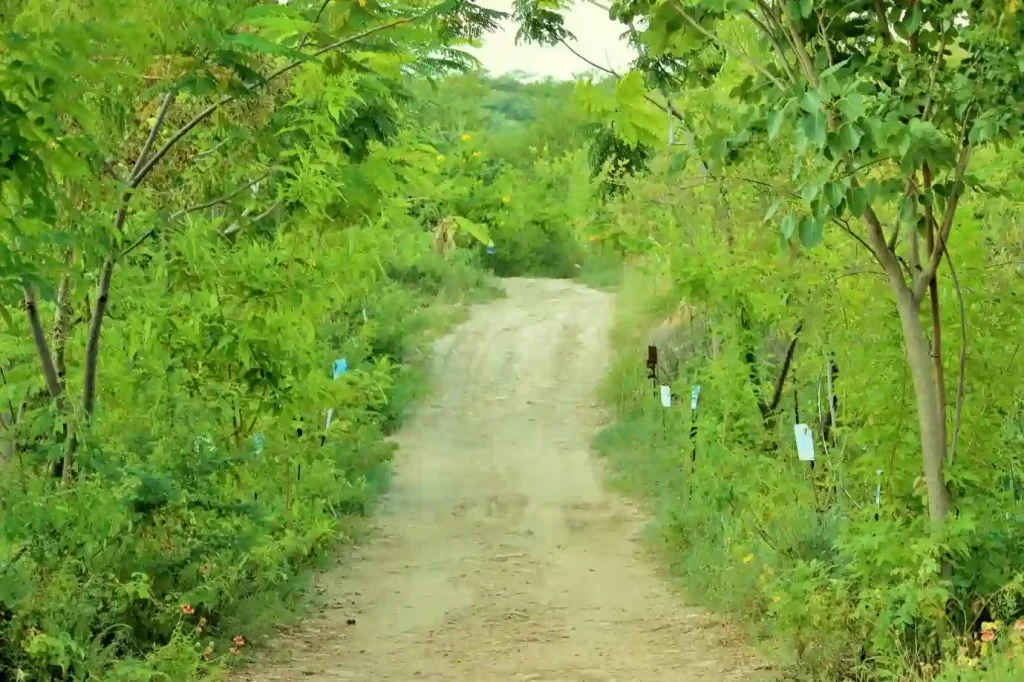
As a result of open panchayats, government programs, and the goal driven approach of Shri. Shyam Sunder Paliwal, Piplantri is self-sufficient and thriving on its natural resources. Apart from that, the main goal of girl empowerment was accomplished by growing female businesses and education. An increase in wildlife is seen and the people of the village are happier.
With a rise in awareness, the villagers pointed out how changing one village is not enough. ‘If one village can do this then why can’t others?’ pointed out a resident of Piplantri. To see a change in the world, every village, city, and country has to come together and think proactively. Shri. Shyam Sunder Paliwal implemented this change within a short frame of 5+ years. Apart from the numerous awards he was awarded, he recently received a Padma Shri Award in 2021.
Lakshmi is the Goddess of wealth, and in India it is believed that a girl child will bring prosperity and wealth to the family she is born in. This Indian belief came true in Piplantri as girls emerged as a true blessing to the village.
Related articles


Making plant based biodegradable plastics: a story of Ecorrect
